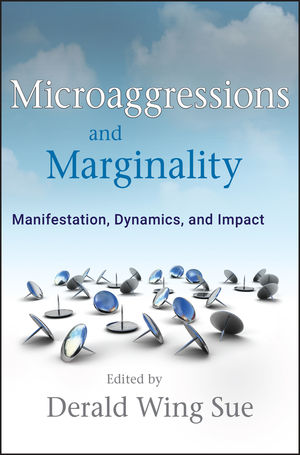Meet Anthony Ocampo, the Professor Who Wrote a Book on Why Latinos and Filipinos are PrimosPosted in Articles, Asian Diaspora, Census/Demographics, Interviews, Latino Studies, Media Archive, Social Science, United States on 2016-07-19 18:53Z by Steven |
Meet Anthony Ocampo, the Professor Who Wrote a Book on Why Latinos and Filipinos are Primos
Remezcla
2016-07-12
As one of the few Filipino American psychology professors in the US, it can get lonely. I am the only Filipino American professor on my campus and one of the few tenured Filipino American professors in New York City (and on the East Coast in general). When I first started writing about Filipino American issues over a decade ago, I found myself constantly fighting with scholars (especially peer reviewers) who argued that I should concentrate on issues affecting the pan-ethnic Asian American community, instead of focusing specifically on Filipino Americans. Whenever I wrote journal articles or essays, I always had to explain who Filipino Americans were – outlining colonial history, phenotypical appearances, and socioeconomic experiences in the US. I relied on interdisciplinary readings because there was so little written about Filipino Americans in social sciences. I turned to Latinx and Black American mentors, who validated my feelings of marginalization within the Asian American community. And I was fortunate to work with one Chinese American mentor who encouraged me to pursue my interests in writing about Filipino American Psychology.
While there have been several amazing Filipino American scholars who have emerged across multiple disciplines in the past ten years or so, it is still a rarity to see a Filipino American professor — in a tenure or tenure-track position — who studies issues of concern for Filipino American people. In fact, in a study that I conducted with Dr. Dina Maramba in 2010, we found that there were only 113 tenured or tenure-track Filipino American professors in social sciences, education, and humanities in all of the U.S. As a reference point, there are 45 full-time professors in my Psychology Department alone (mostly white) and 415 full-time professors on my campus with 15,000 students. So, to only have a little over 100 Filipino American full-time professors in the US across these disciplines (when there are over 4 million Filipino Americans in the US), is both disproportionate and unfortunate.
Because of all of this, I was so excited when I first learned about Dr. Anthony Ocampo and his research on deconstructing race for Filipino Americans. Dr. Ocampo is a tenure-track assistant professor of sociology at Cal Poly Pomona. His first book, The Latinos of Asia: How Filipino Americans Break the Rules of Race describes how Filipino Americans’ experiences with race and racism is influenced by social context (e.g., friendships, neighborhoods and communities, or even school environments). His research answers many of the questions that I had when I was first a student trying to understand Filipino American identity- unpacking issues related to Spanish and American colonialism, whether or not Filipinos are “Asian enough”, and whether or not Filipinos should continue to be classified under this pan-Asian umbrella…
Read the entire article here.

